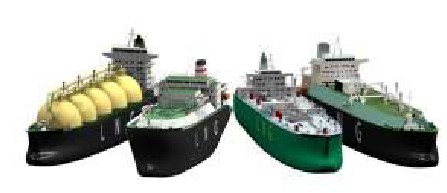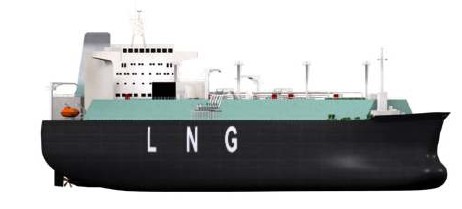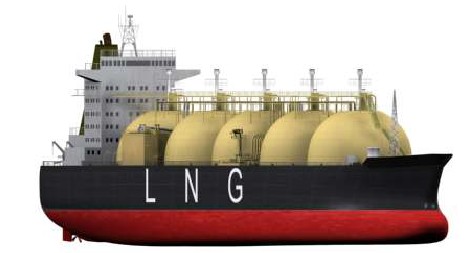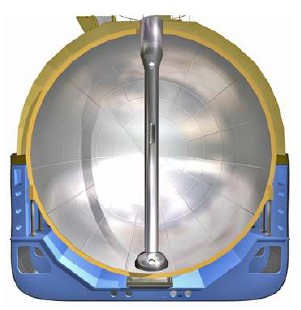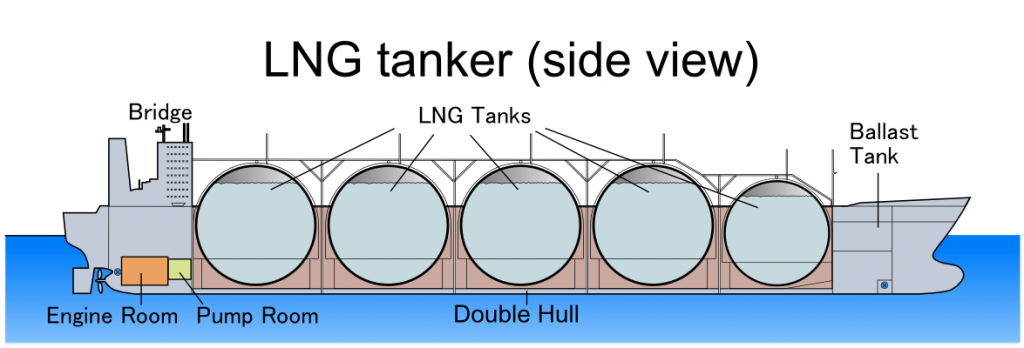Hybrid System for Large Marine Applications
The most powerful and one of the most efficient prime-movers in the world today (2008) is the Wartsila-Sulzer 14 cylinder turbo charged two-stroke diesel engine, designed for powering very large container ships.
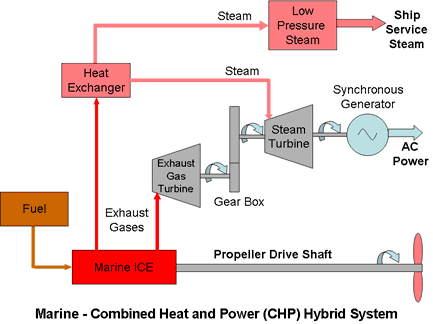
The cylinder bore is 960 mm (38 inches) and the stroke is 2500 mm (98 inches) providing a capacity of 25,337 litres (1,546,165 cu ins) and a continuous output power of 80,080 kW (108,920 bhp) or 4.27 bhp/litre at 102 rpm with an overall efficiency of around 52%. The engine is 27.3 m long and 13.5 m high with an overall weight of 2300 tonnes.
The engine's main output shaft drives the ship's propellers and exhaust gases from the engine pass through a heat exchanger to generate steam for a turbine-driven electricity generator. The turbo generator set also includes an exhaust-gas powered turbine driven by a portion of the exhaust gases diverted from the main flow through the engine's turbochargers. The power output from the generator is 9,860 KWe, about 12% of the main engine power. A portion of the steam from the exhaust economiser is also utilised in shipboard heating services.


